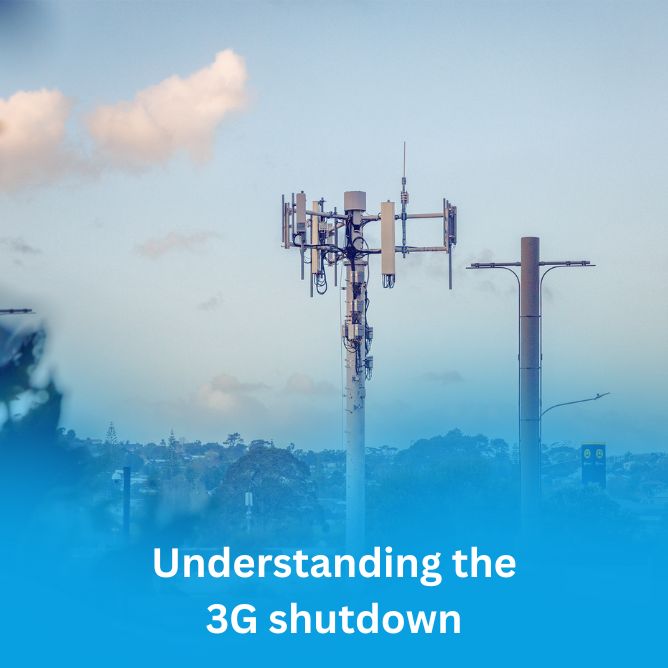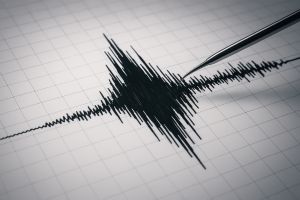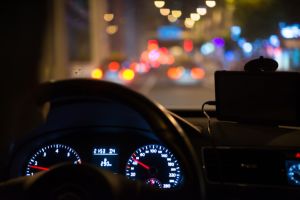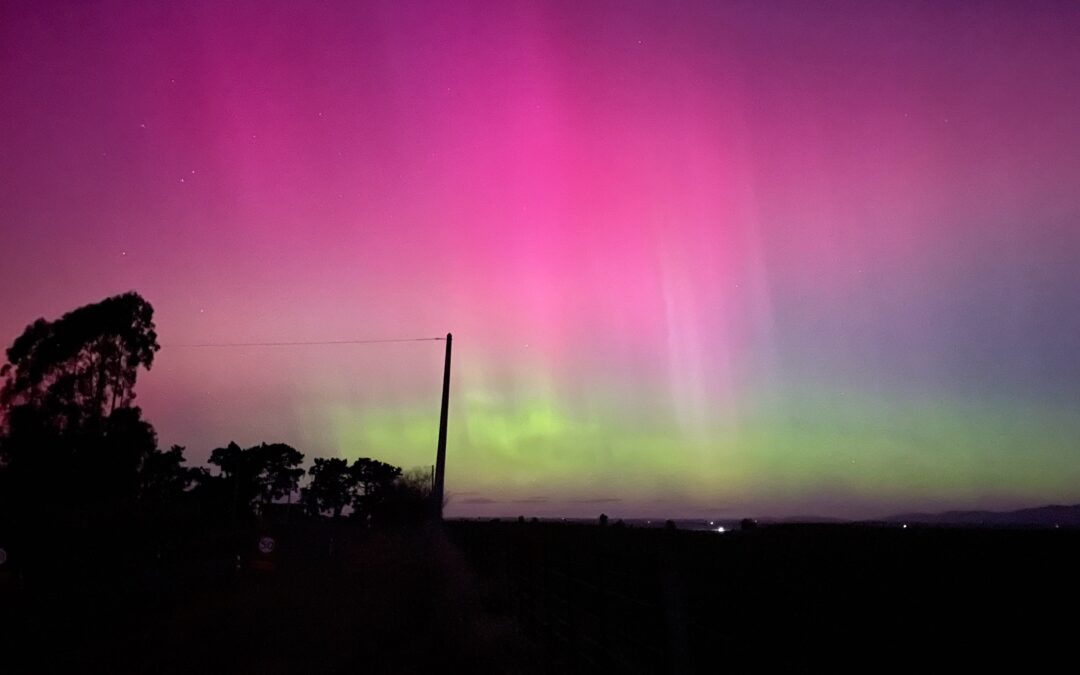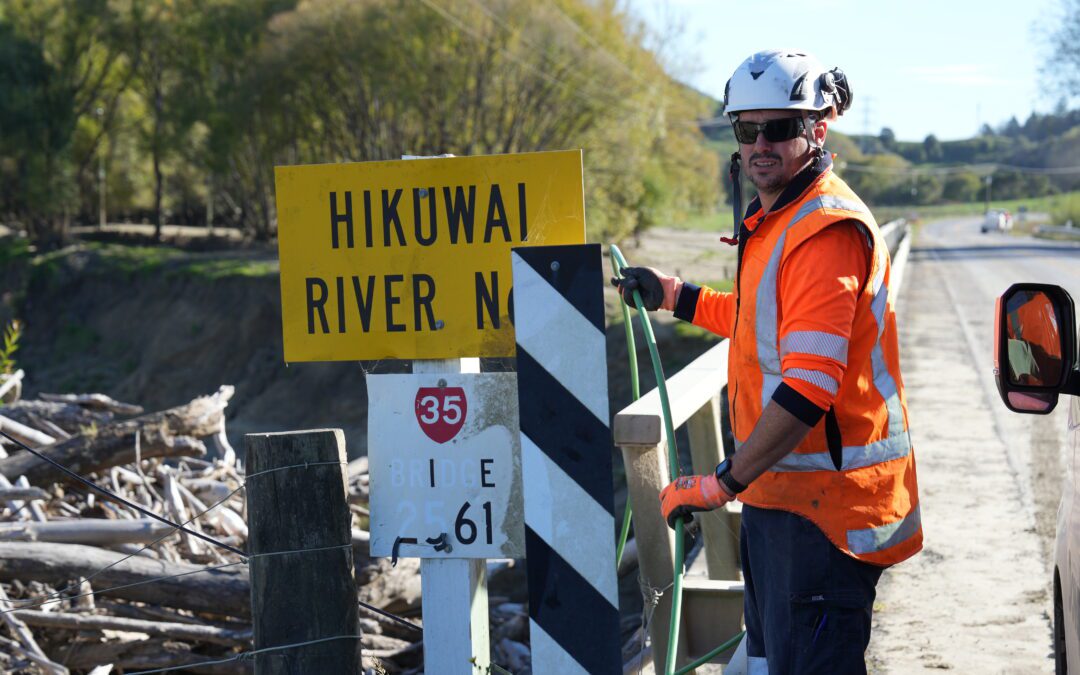Reproduced from the Ministry of Civil Defence & Emergency Management’s media release “Emergency Mobile Alert system to keep Kiwis safe in emergencies” dated 24 November 2017.
New Zealand’s new Emergency Mobile Alert system is set to go live this weekend, providing a new alerting channel to help keep Kiwi communities safe in emergencies.
Ministry of Civil Defence & Emergency Management Director Sarah Stuart-Black says the Emergency Mobile Alert system will help the public to swiftly take action to stay safe in an emergency.
The new system, which is being implemented by the Ministry of Civil Defence & Emergency Management, isundergoing a nationwide live test on Sunday between 6pm and 7pm.
“The last year has shown us how important fast and reliable information is when emergencies strike. Emergency Mobile Alert is a vital new information channel that will give us another string to our bow when it comes to alerting people if their life, health or property is in danger.”
Mrs Stuart-Black says Emergency Mobile Alert uses cell broadcast technology, which is tried and true in a number of countries including the United States, Japan, Chile and the Netherlands.There’s no need to sign up or download an app – allyou need is a mobile phone that is capable of receiving Emergency Mobile Alerts, and a network signal.
“It usesinternationally proven technology that isn’t susceptible to overloading, which is vital when you need to rapidly alert a large number of people.
“However, no form of technology is completely failsafe, so it’s important that people still use other channels to keep them informed such as radio, social media, and to pay attention to the natural warning signs of emergencies like earthquakes and tsunami.”
Those people whose mobile phones are capable of receiving the alerts can expect to hear a loud, penetrating sound, and a notification will display. It is expected that around one third of phones (estimated at around two million) will be able to receive the alerts, and this number will continue to rise as people replace their devices over time.
Mrs Stuart-Black says the nationwide test is a way to test our systems, the cell towers and your phone’s ability to receive an Emergency Mobile Alert.
“Not all phones are capable of receiving the alerts, so if you receive an emergency alert, let others know. You can check whether your phone is capable of receiving alerts at www.civildefence.govt.nz. If you feel your life is in danger, don’t wait for an official warning.”
Mrs Stuart-Black says the Ministry has rolled out a nationwide campaign encouraging people to ‘Stop doing what you’re doing” when they receive the alerts. This campaign will see the launch of new television and radio commercials after the live test.
She says Spark, Vodafone and 2degrees have all been closely involved in the $18m initiative.
“It’s important to recognise that the telcos have been on board throughout, and we’d like to thank them all for their support in helping to keep us all safe in an emergency.”
What you need to know:
- There is no need to sign up or download an app. If your phone is on, capable of receiving them and inside the targeted area, you should get the alerts. You can find out whether your phone can receive the alerts at www.civildefence.govt.nz and ensure your phone is on the most up to date operating system.
- They can also be targeted to affected areas, so you will only get them if the emergency is in your area.
- As Emergency Mobile Alert is about keeping you safe, you won’t be able to opt-out. Your phones may show optional settings used in other countries, but in New Zealand we will use a special broadcast channel that is permanently on.
- Emergency Mobile Alert messages can only be sent by the Ministry of Civil Defence & Emergency Management, Civil Defence Emergency Management Groups, NZ Police, Fire and Emergency New Zealand, the Ministry of Health and the Ministry for Primary Industries.
- Emergency Mobile Alert is an additional channel to help keep New Zealand safe in an emergency and does not replace other alerting systems, or the need to take action after natural warnings. If you feel your life may be in danger, don’t wait for an official warning. Take immediate action. Remember – Long or strong, get gone.
- If you are driving when you receive an alert, wait until it is safe to stop and then check the message.
- Take the time to make your own emergency plan which includes what to do, where to go, who can help you and who might need your help. You can make a plan online at www.happens.nz.
Find out more about Emergency Mobile Alerts at www.civildefence.govt.nz.







